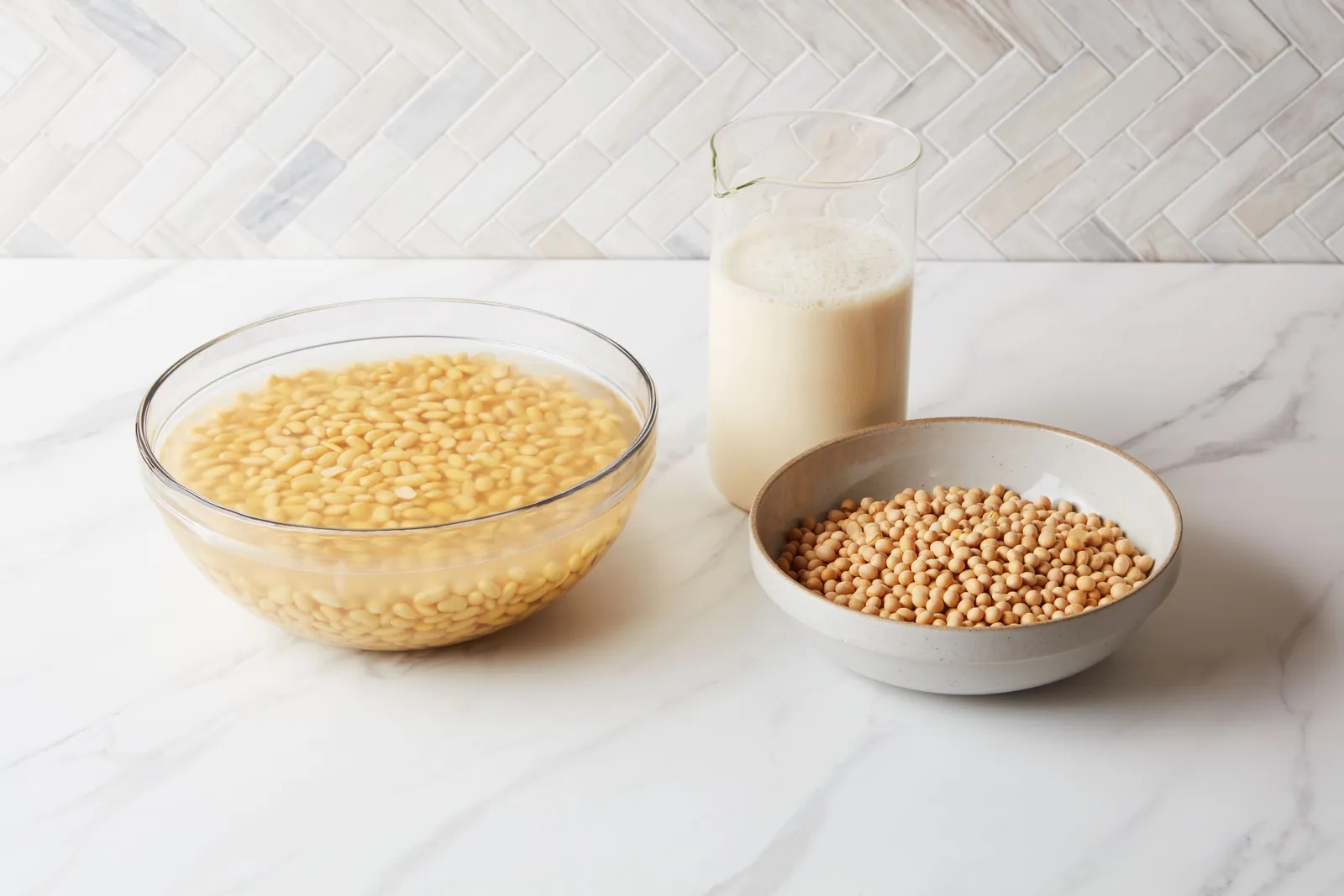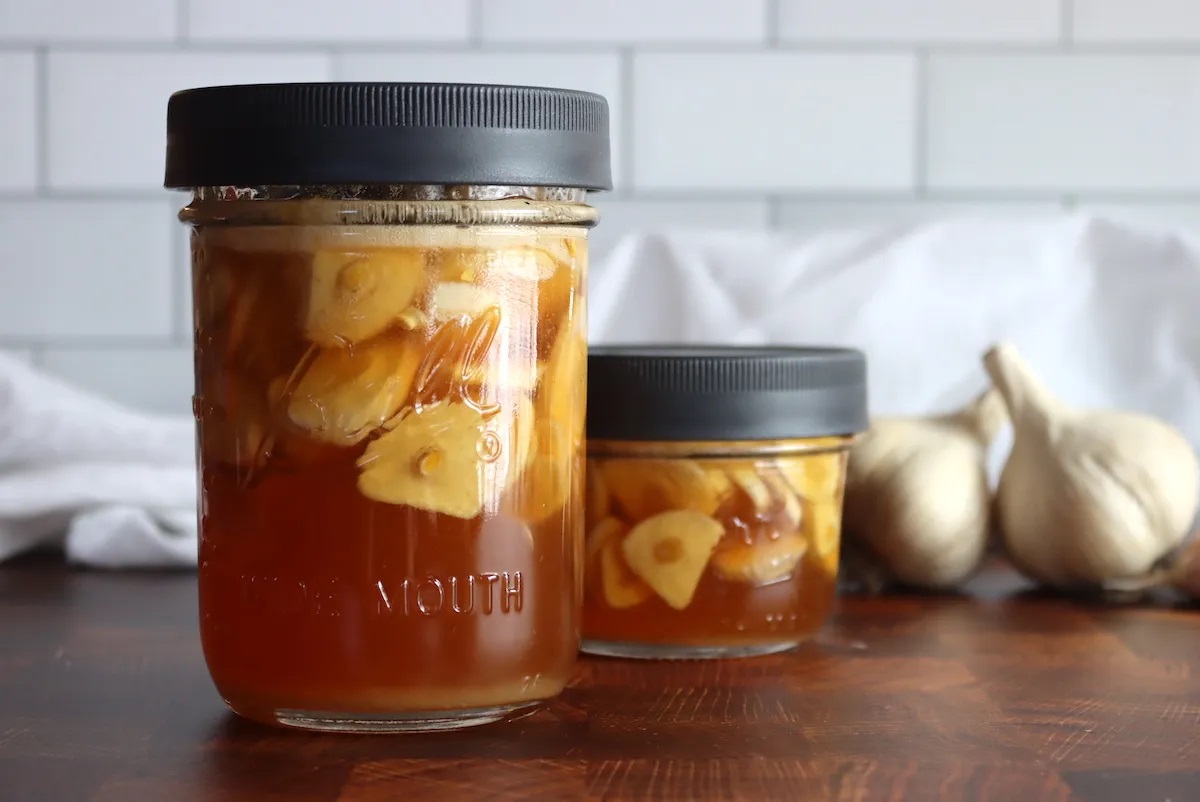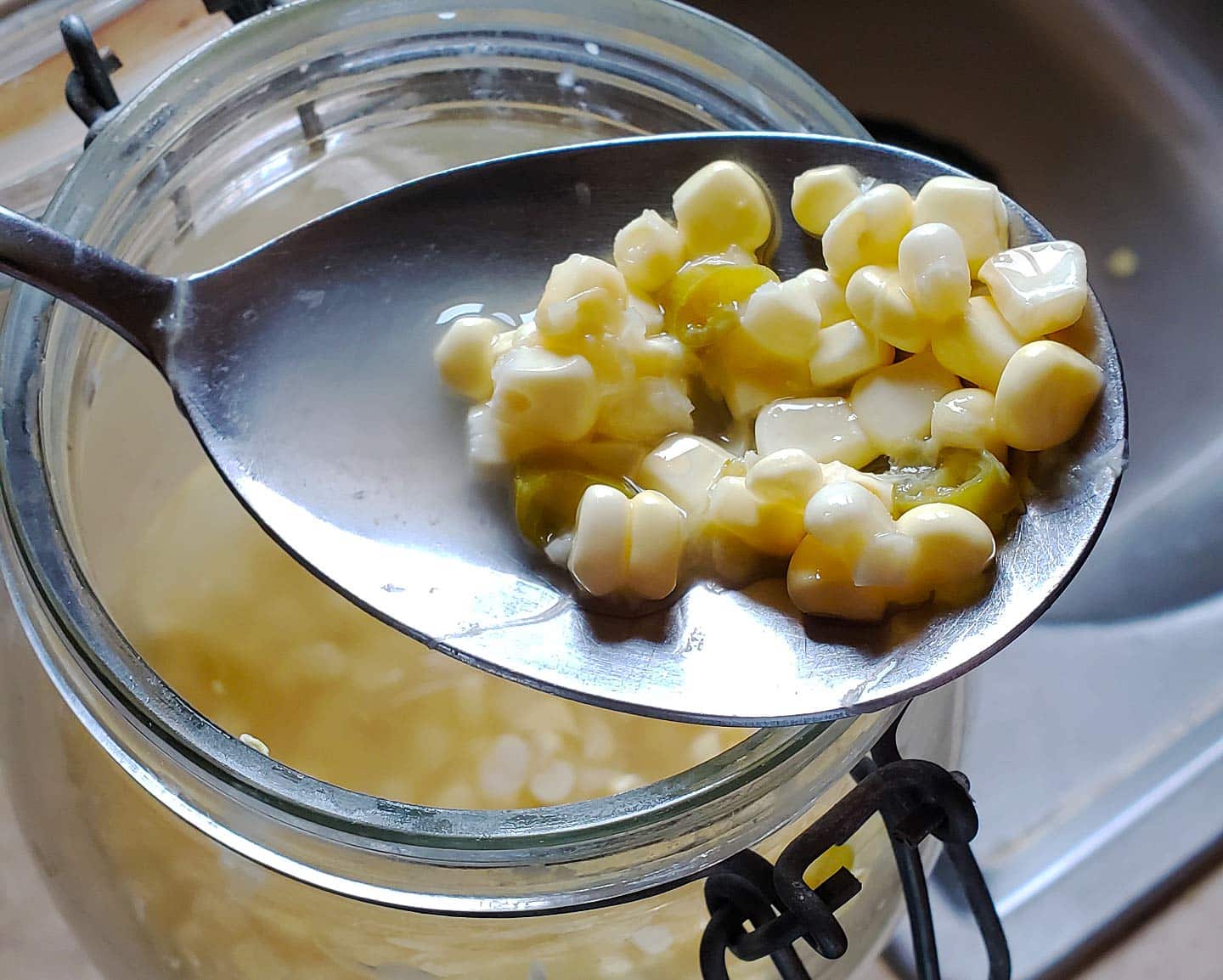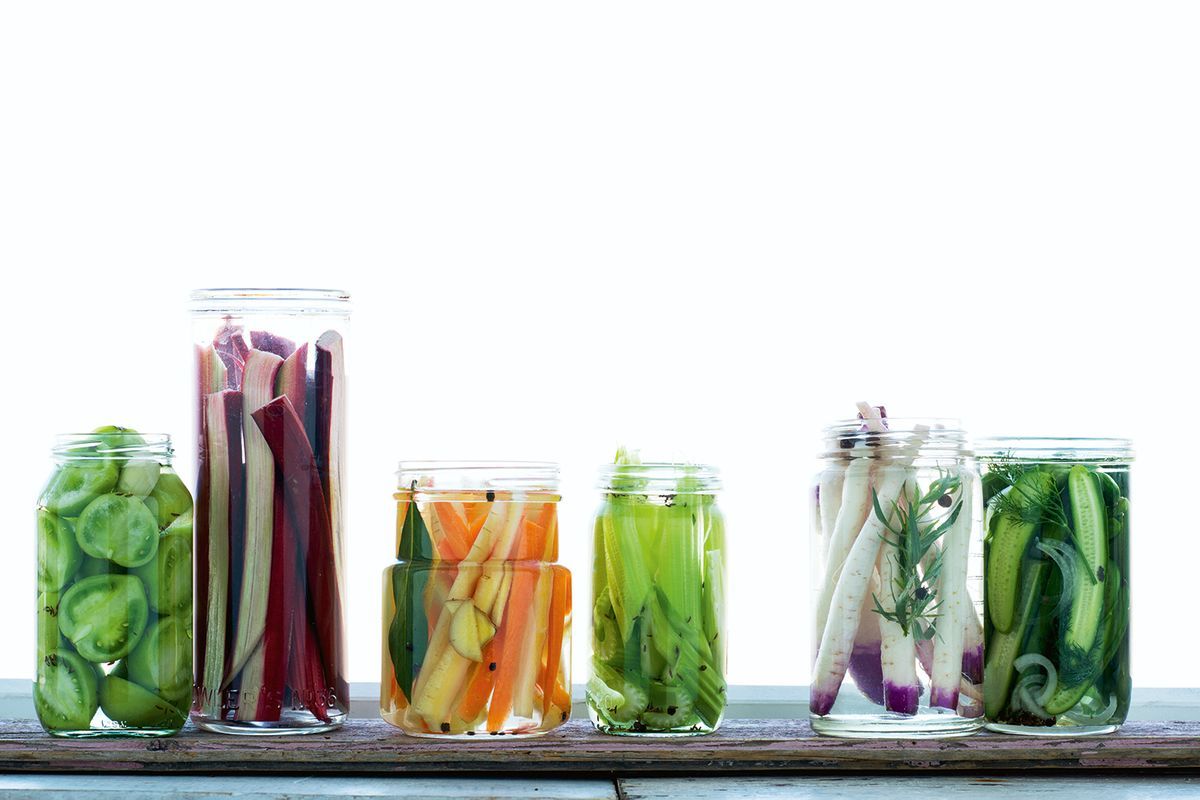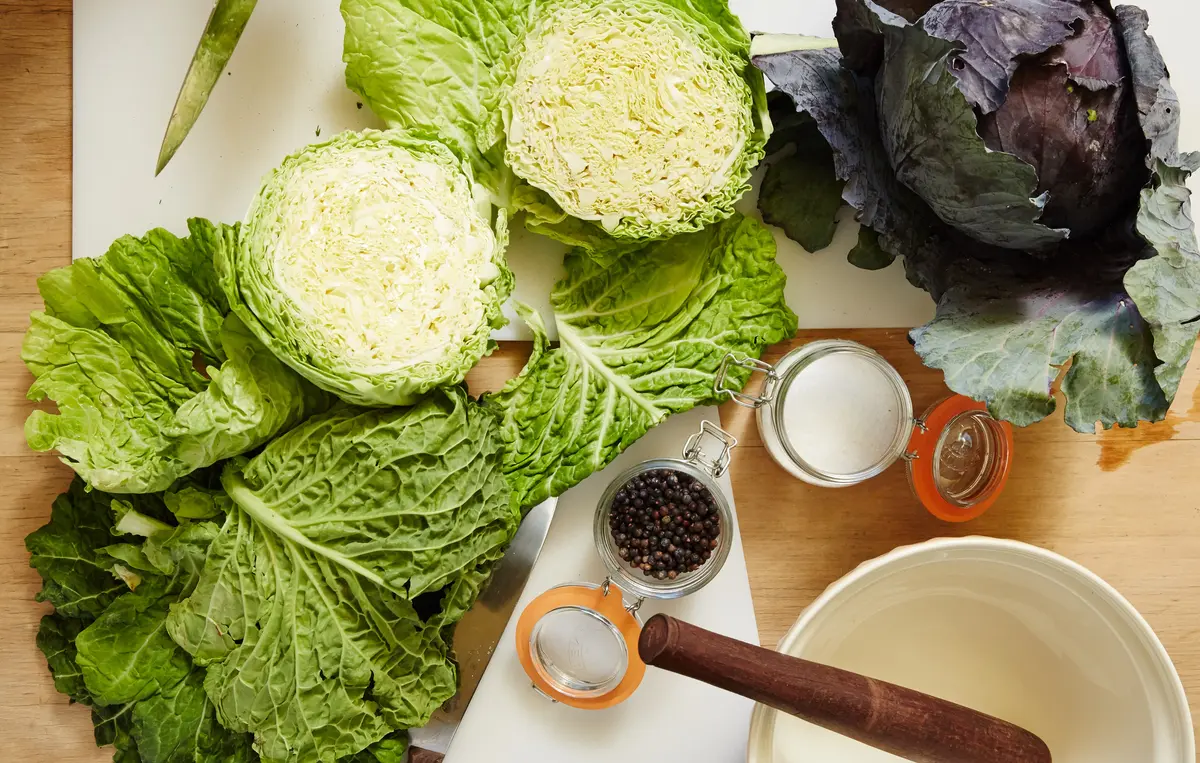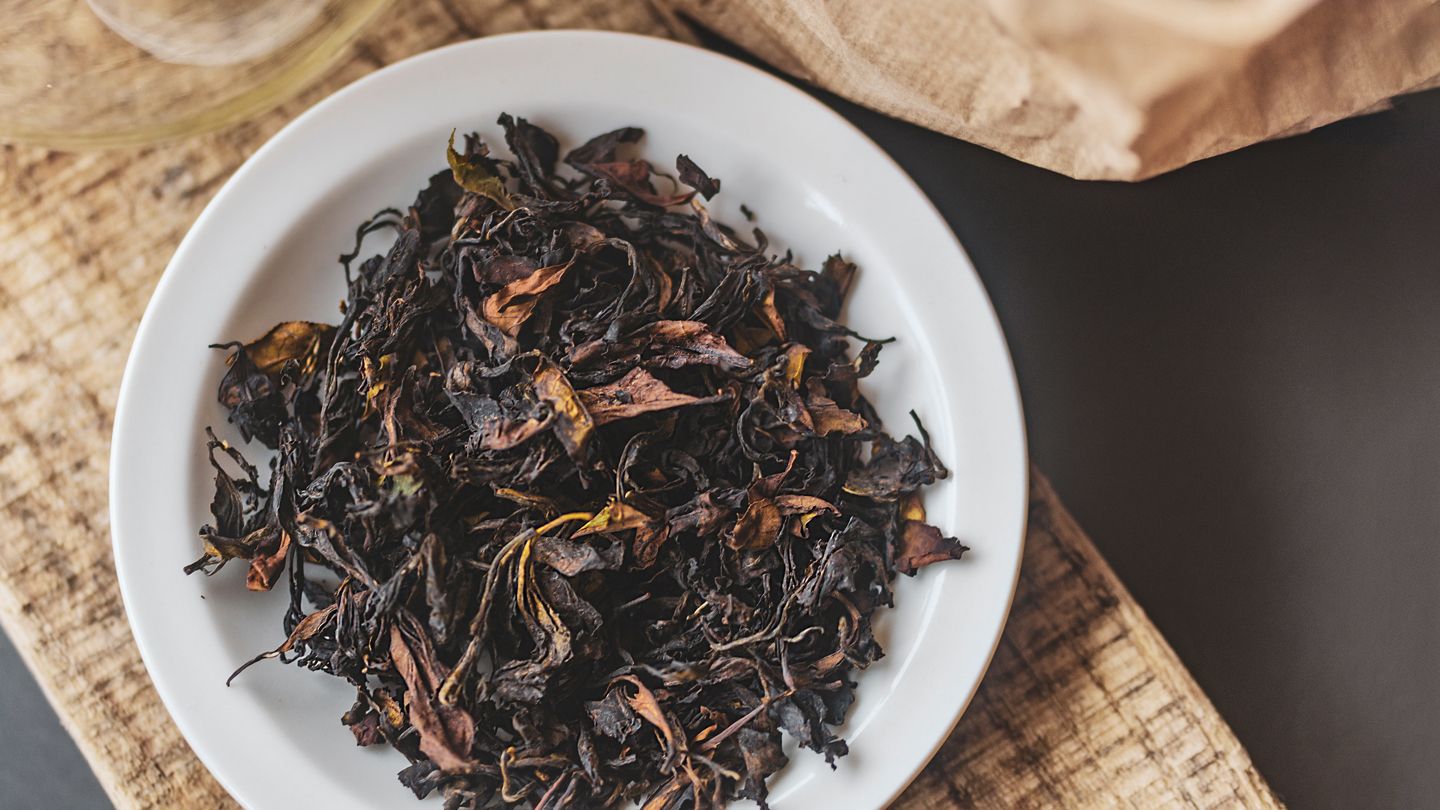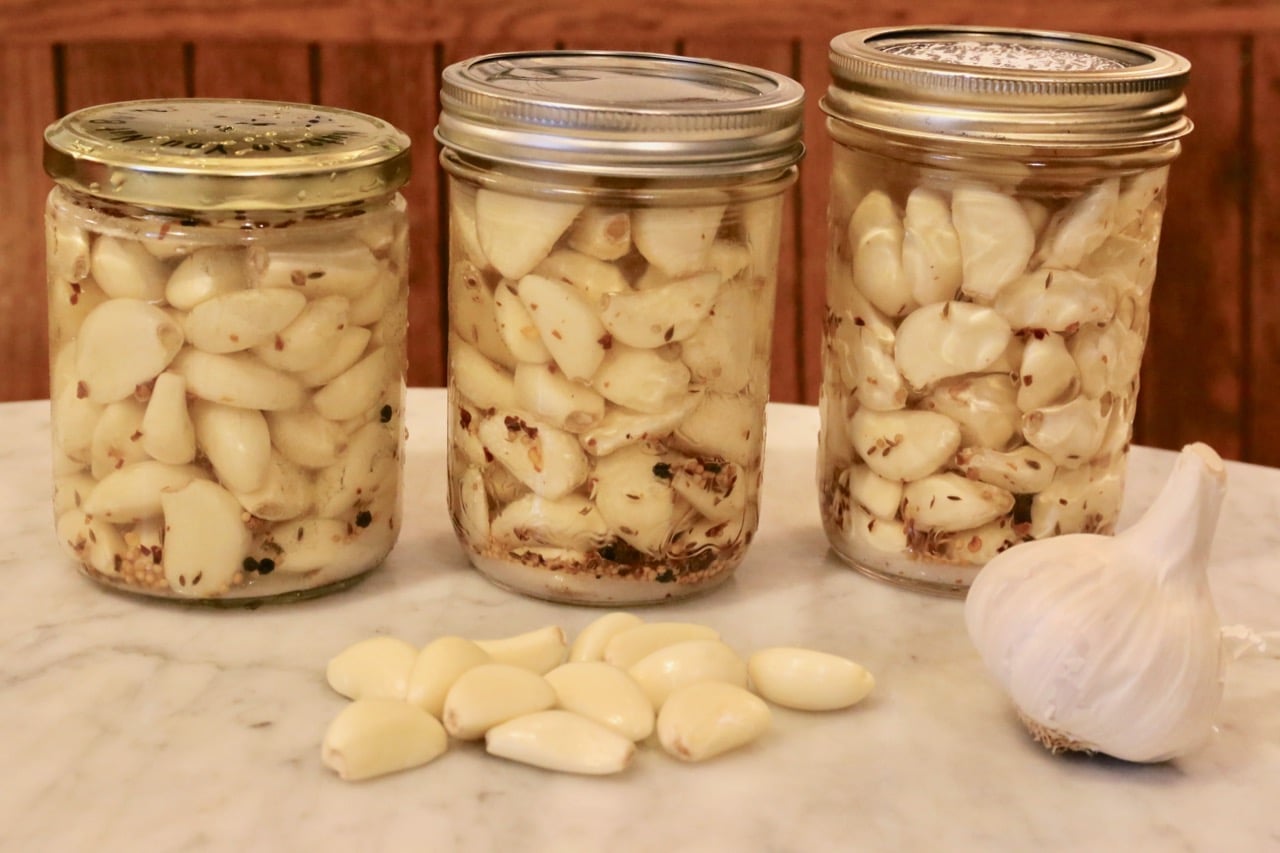Unlock the Power of Fermented Vegetables with Body Ecology
Have you ever wondered about the benefits of fermenting vegetables? Fermentation is a traditional method of food preservation that not only extends the shelf life of vegetables but also enhances their nutritional value. In this article, we will explore the world of fermenting vegetables with a focus on the Body Ecology approach. Get ready to unlock the secrets of this ancient practice and discover how you can incorporate it into your modern lifestyle.
Why Ferment Vegetables?
Fermenting vegetables offers a myriad of benefits, making it a popular choice for health-conscious individuals. Some of the key reasons to ferment vegetables include:
- Enhanced Nutritional Value: Fermentation increases the bioavailability of nutrients in vegetables, making it easier for your body to absorb essential vitamins and minerals.
- Gut Health: Fermented vegetables are rich in probiotics, which support a healthy gut microbiome and aid in digestion.
- Preservation: The fermentation process preserves vegetables without the need for artificial preservatives, allowing you to enjoy seasonal produce year-round.
- Flavor Enhancement: Fermentation can impart unique and complex flavors to vegetables, adding depth to your culinary creations.
Understanding the Body Ecology Approach
Body Ecology is a holistic approach to health and wellness that emphasizes the importance of maintaining a balanced inner ecosystem. When it comes to fermenting vegetables, the Body Ecology approach focuses on using specific techniques and ingredients to promote gut health and overall well-being.
Key principles of the Body Ecology approach to fermenting vegetables include:
- Use of Probiotic-Rich Cultures: Body Ecology encourages the use of probiotic-rich cultures, such as Lactobacillus, to initiate the fermentation process.
- Emphasis on Quality Ingredients: Choosing organic, high-quality vegetables and non-iodized salt is essential for creating nutrient-dense and flavorful fermented vegetables.
- Balancing Sweet and Savory Flavors: Body Ecology promotes the use of natural sweeteners, such as monk fruit or stevia, to balance the flavors of fermented vegetables.
- Supporting Digestive Health: The fermented vegetables created through the Body Ecology approach are designed to support digestive health and promote a thriving inner ecosystem.
How to Get Started
Ready to dive into the world of fermenting vegetables with the Body Ecology approach? Here’s a simple guide to help you get started:
- Choose Your Vegetables: Select a variety of organic vegetables, such as cabbage, carrots, and radishes, to create a diverse mix of fermented vegetables.
- Prepare the Vegetables: Wash and chop the vegetables into the desired size and shape. Consider adding herbs and spices for additional flavor.
- Create the Brine: Dissolve non-iodized salt in water to create a brine solution that will facilitate the fermentation process.
- Pack the Vegetables: Place the prepared vegetables into a clean, airtight fermentation vessel, such as a glass jar, and cover them with the brine solution.
- Initiate Fermentation: Add a probiotic-rich culture, such as a starter culture or fermented vegetable juice, to kickstart the fermentation process.
- Allow Fermentation: Seal the fermentation vessel and allow the vegetables to ferment at room temperature for the desired duration, typically 3-7 days.
- Enjoy Your Fermented Vegetables: Once the fermentation process is complete, transfer the fermented vegetables to the refrigerator and savor them as a delicious and nutritious addition to your meals.
Experience the Benefits
By embracing the art of fermenting vegetables with the Body Ecology approach, you can experience a wide range of benefits, including improved digestion, enhanced nutrient absorption, and a strengthened immune system. Whether you’re new to fermenting vegetables or a seasoned enthusiast, the Body Ecology approach offers a holistic and health-focused perspective that can elevate your culinary adventures and support your well-being.
Are you ready to embark on a journey of fermentation and discover the transformative power of fermented vegetables? With the Body Ecology approach as your guide, you can unlock the full potential of this ancient practice and reap the rewards of vibrant health and vitality.
Was this page helpful?
Read Next: How To Ferment Batter For Idli
